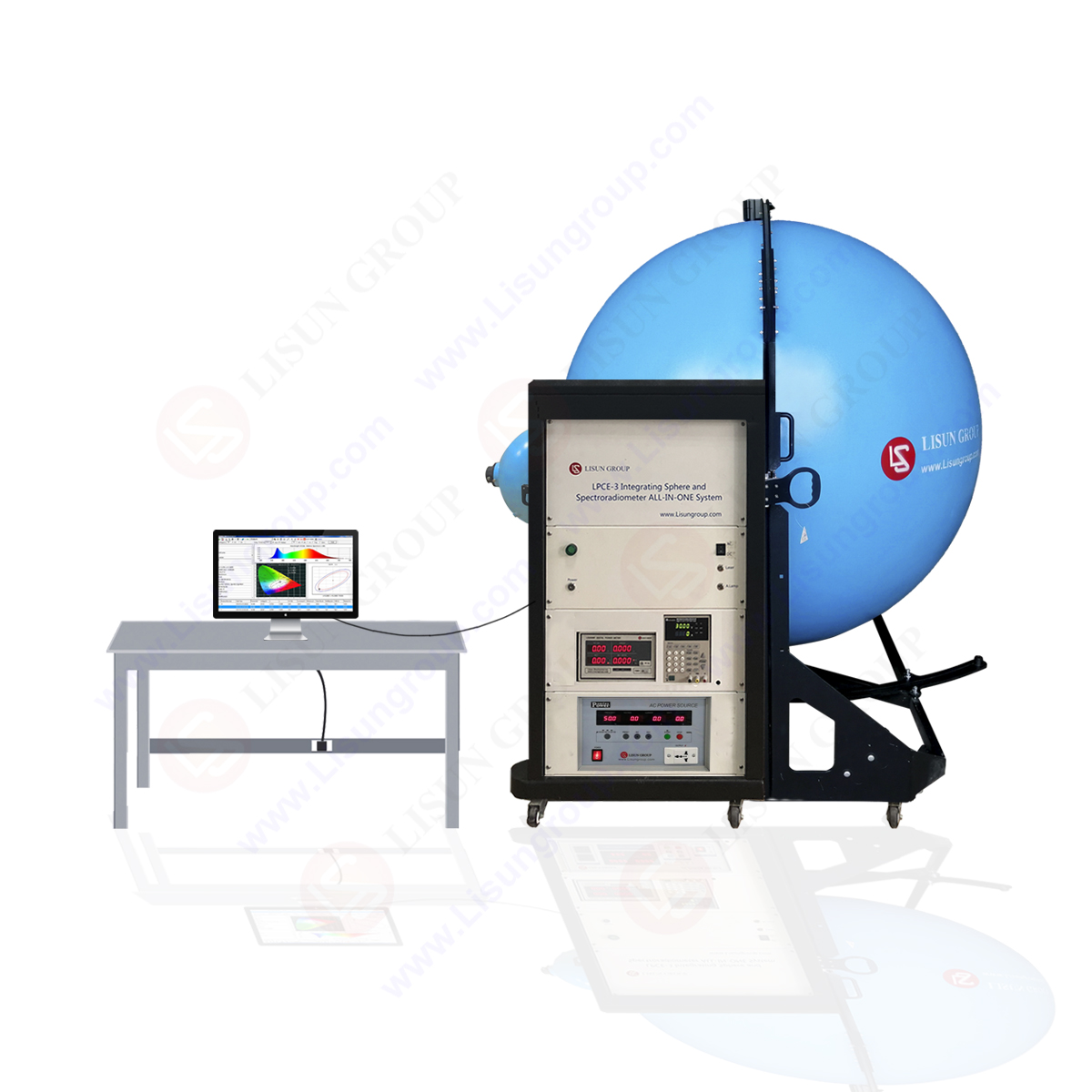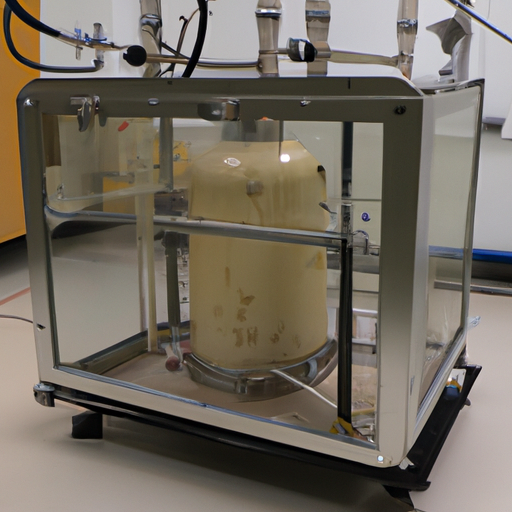[ad_1]
Introduction
In the field of test and measurement, the use of DC electronic loads has revolutionized the way that engineers and technicians measure and test circuits. This type of load is used to simulate the load that a device or circuit would experience under normal operating conditions. With the use of DC electronic loads, engineers and technicians can accurately measure the performance of a device or circuit, as well as simulate the load that it will experience when in operation. This article will discuss the advantages of using DC electronic loads in test and measurement, as well as how they can revolutionize the way engineers and technicians measure and test circuits.
Advantages of DC Electronic Loads
The use of DC electronic loads has revolutionized the way engineers and technicians measure and test circuits. This type of load offers a number of advantages over traditional loads, including:
1. High Accuracy: DC electronic loads offer high accuracy when measuring and testing circuits. This is due to the fact that they are able to measure a wide range of parameters, including voltage, current, and power. This allows engineers and technicians to accurately measure the performance of a device or circuit, as well as simulate the load that it will experience when in operation.
2. Versatility: DC electronic loads are extremely versatile and can be used to measure and test a variety of different types of circuits and devices. This makes them ideal for use in a wide range of applications, from automotive electronics to aerospace systems.
3. Cost-Effectiveness: DC electronic loads are more cost-effective than traditional loads, which can help to reduce overall costs associated with test and measurement.
4. Ease of Use: DC electronic loads are easy to use, making them ideal for use by engineers and technicians who are not experienced in the field of test and measurement.
How DC Electronic Loads Revolutionize Test and Measurement
The use of DC electronic loads has revolutionized the way engineers and technicians measure and test circuits. This type of load offers a number of advantages over traditional loads, including high accuracy, versatility, cost-effectiveness, and ease of use. These advantages make DC electronic loads ideal for use in a wide range of applications, from automotive electronics to aerospace systems.
DC electronic loads offer high accuracy when measuring and testing circuits, which allows engineers and technicians to accurately measure the performance of a device or circuit, as well as simulate the load that it will experience when in operation. This makes DC electronic loads ideal for use in a wide range of applications, from automotive electronics to aerospace systems.
DC electronic loads are also highly versatile, which makes them ideal for use in a variety of different types of circuits and devices. This makes them ideal for use in a wide range of applications, from automotive electronics to aerospace systems.
DC electronic loads are also cost-effective, which can help to reduce overall costs associated with test and measurement. This makes them ideal for use in a wide range of applications, from automotive electronics to aerospace systems.
Finally, DC electronic loads are easy to use, making them ideal for use by engineers and technicians who are not experienced in the field of test and measurement. This makes them ideal for use in a wide range of applications, from automotive electronics to aerospace systems.
Conclusion
In conclusion, DC electronic loads have revolutionized the way engineers and technicians measure and test circuits. This type of load offers a number of advantages over traditional loads, including high accuracy, versatility, cost-effectiveness, and ease of use. These advantages make DC electronic loads ideal for use in a wide range of applications, from automotive electronics to aerospace systems. The use of DC electronic loads has revolutionized the way engineers and technicians measure and test circuits and has enabled them to more accurately measure and simulate the performance of a device or circuit.
[ad_2]

 中文简体
中文简体





